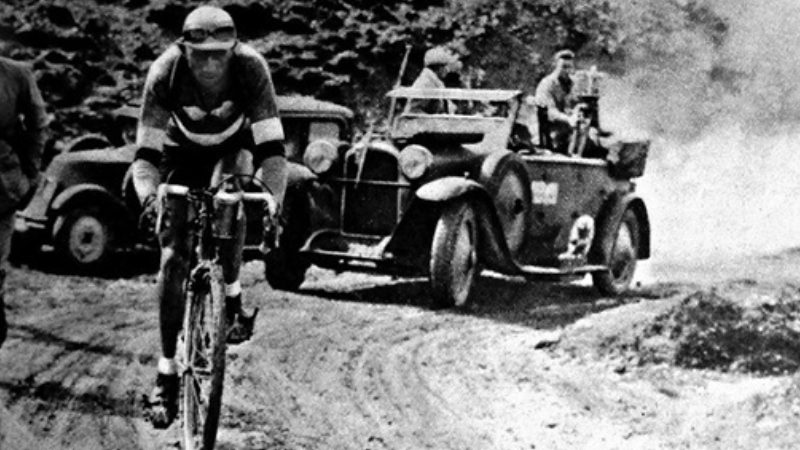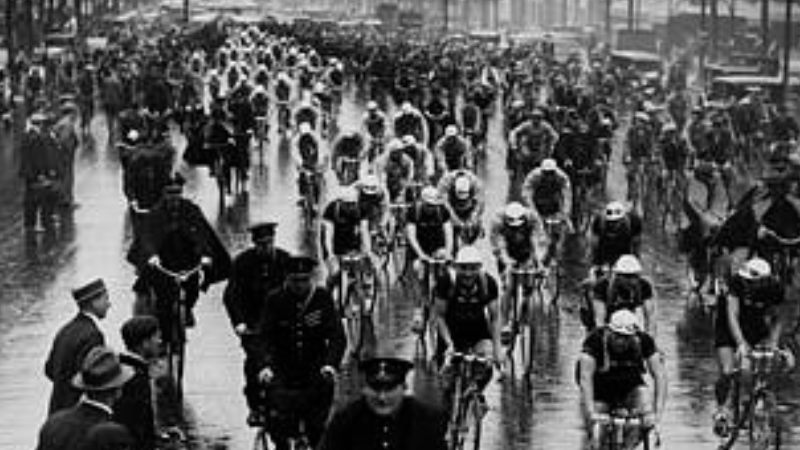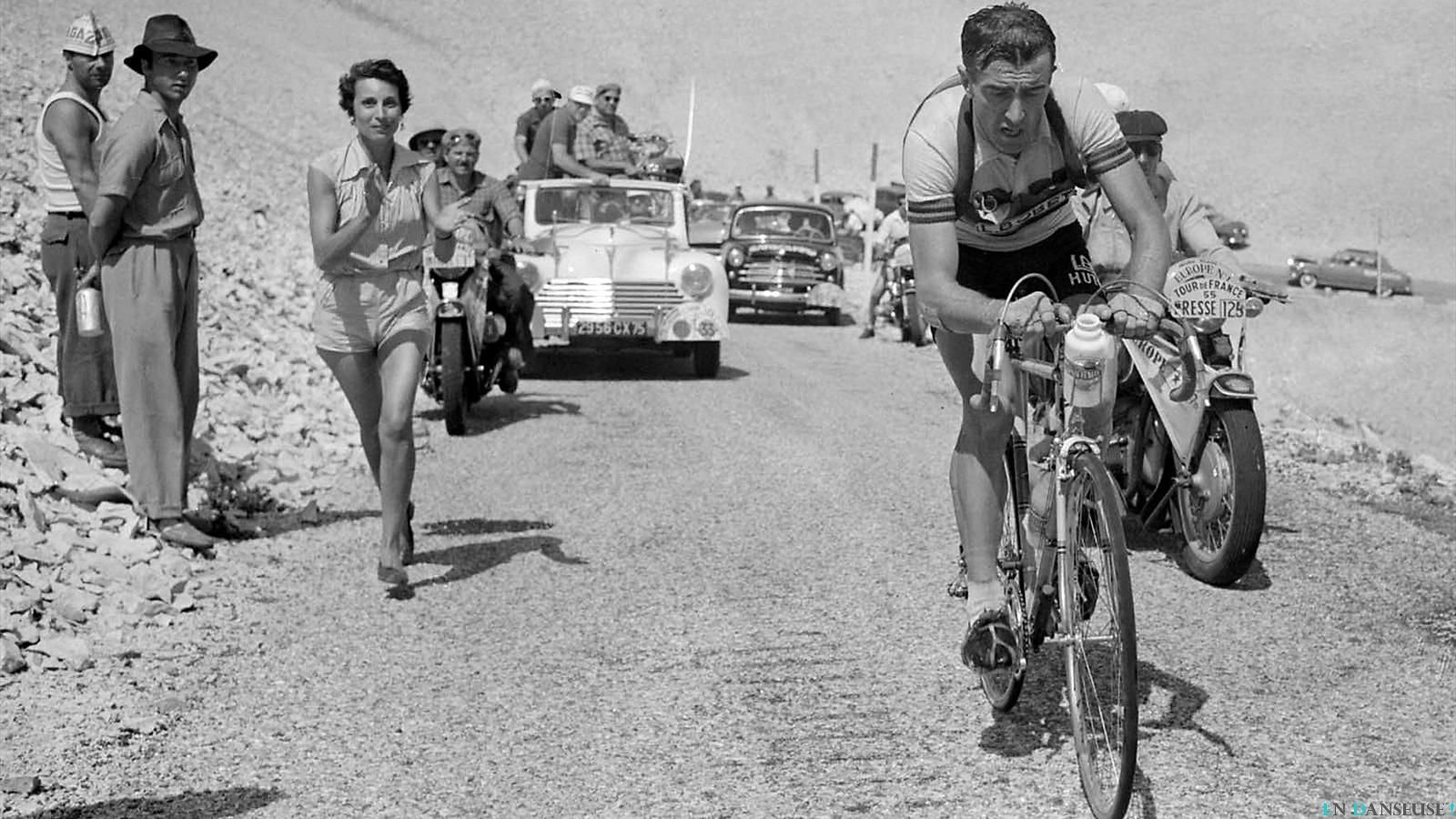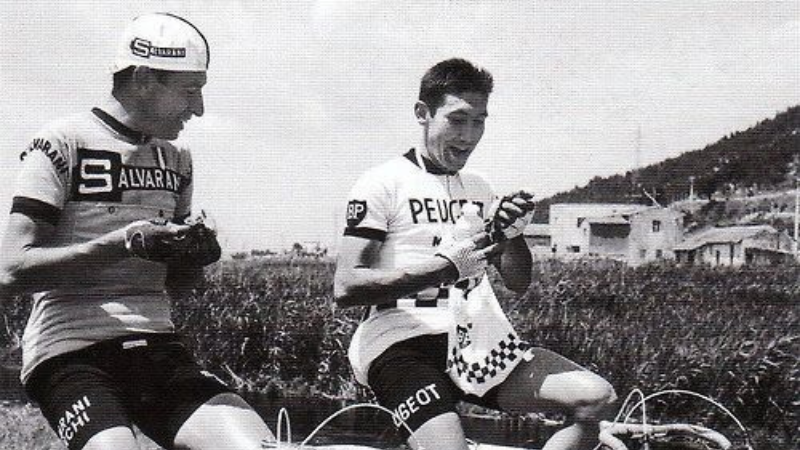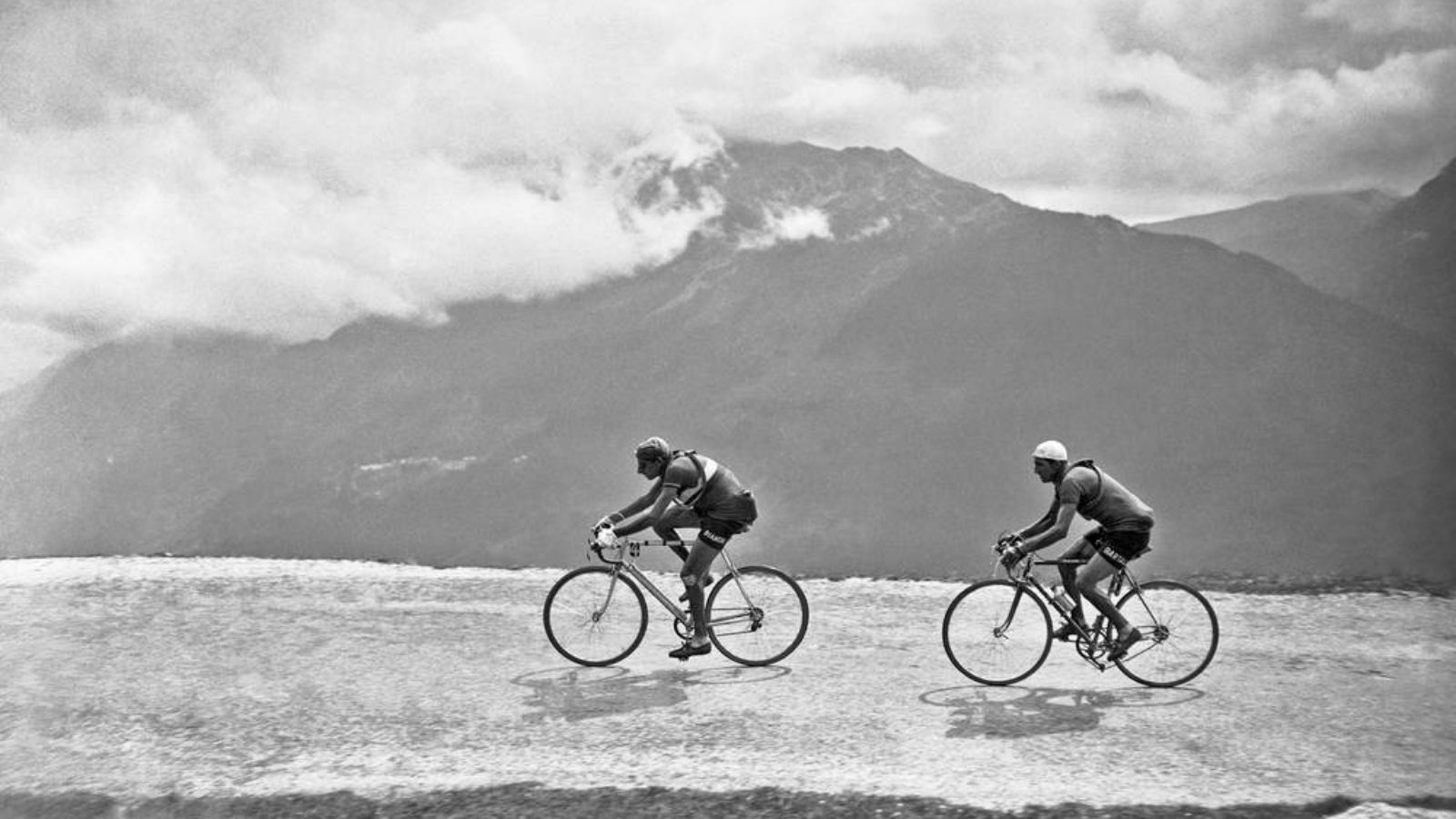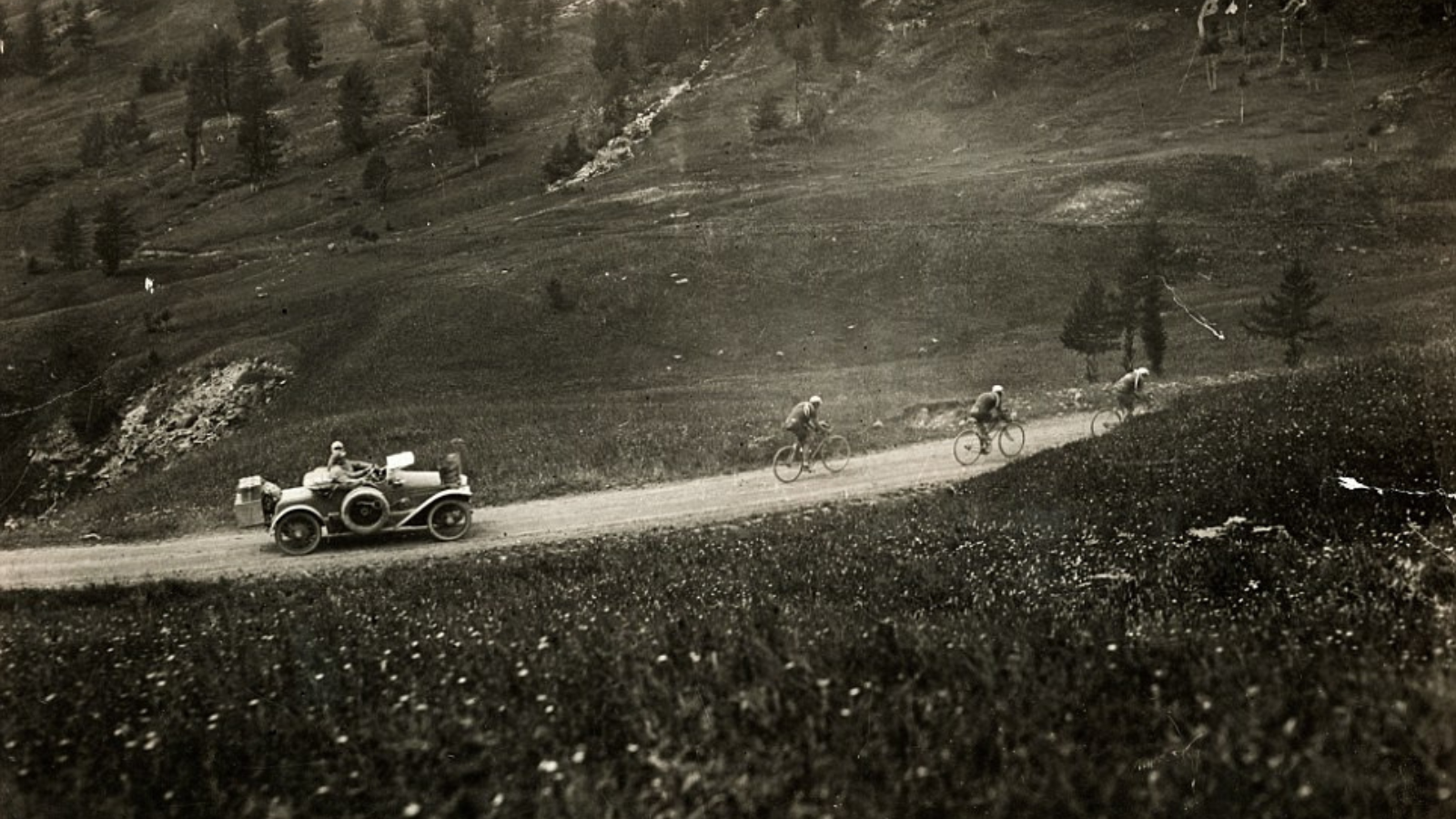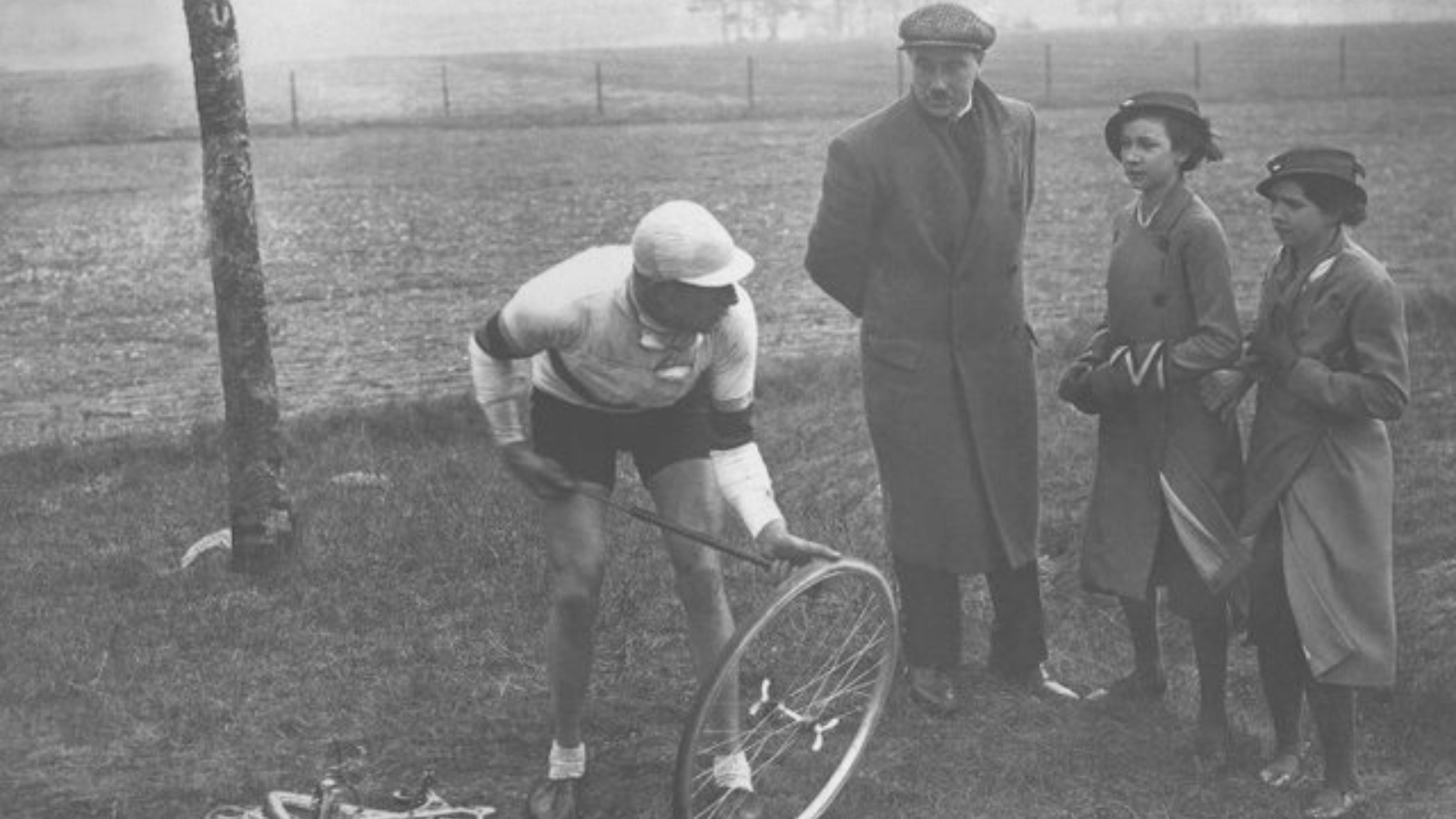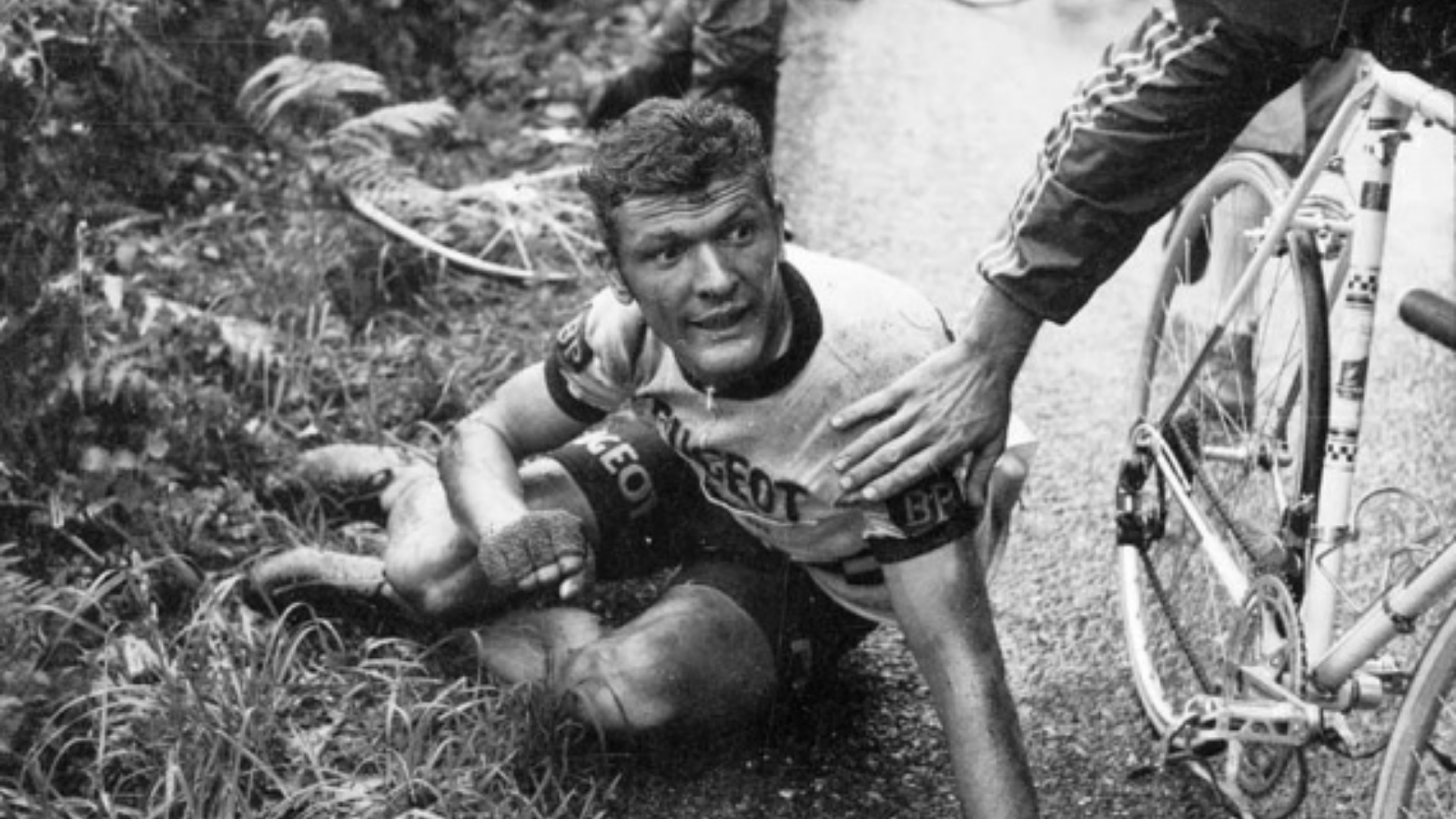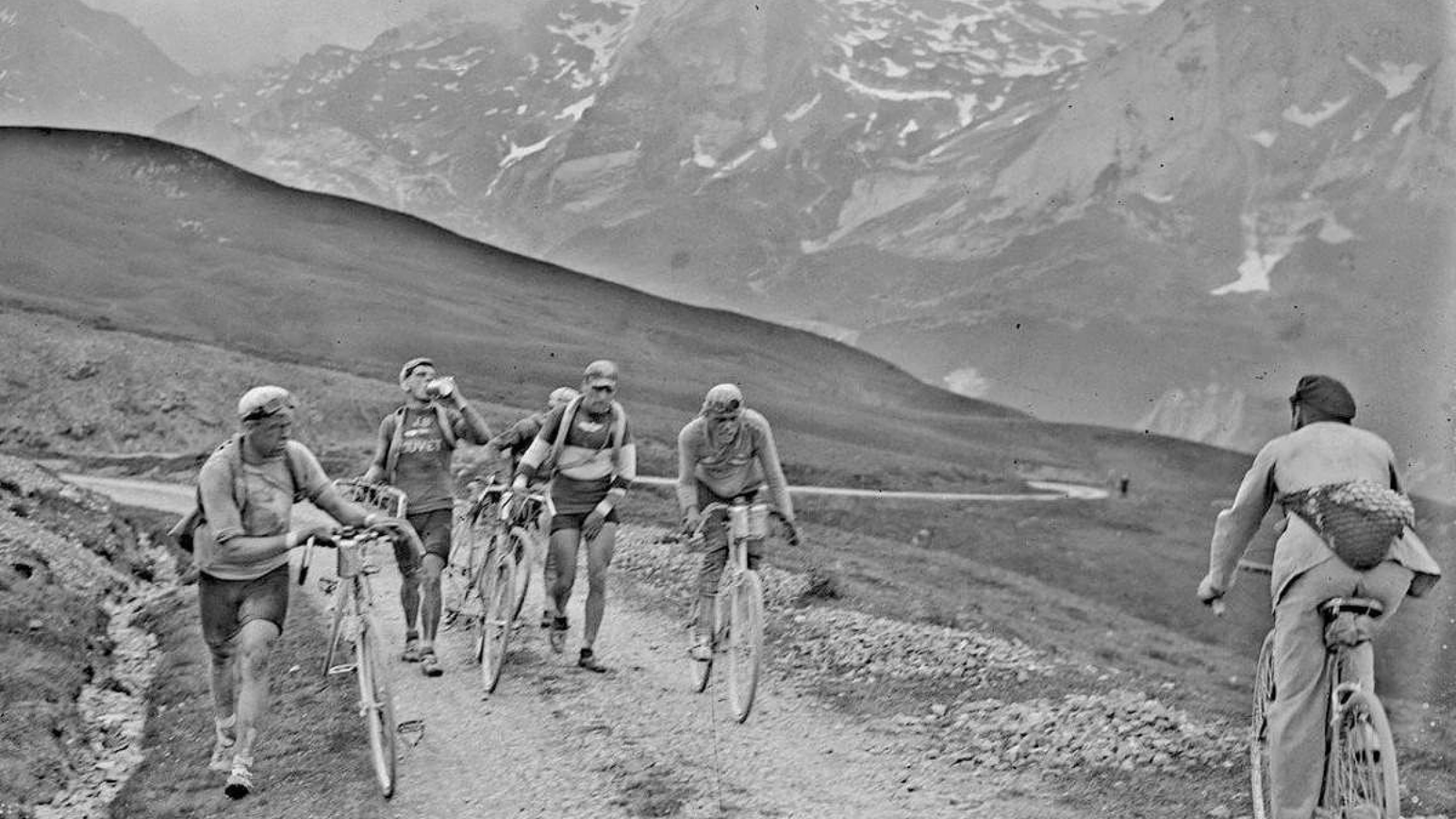Antonin Magne on the Aubisque (Tour de France 1931)
The Col d’Aubisque is a true veteran among the iconic ascents of the Pyrenees, steeped in cycling history and tradition. This legendary climb has been a fixture in the Tour de France since 1910, when the race ventured into the high mountains for the very first time.
